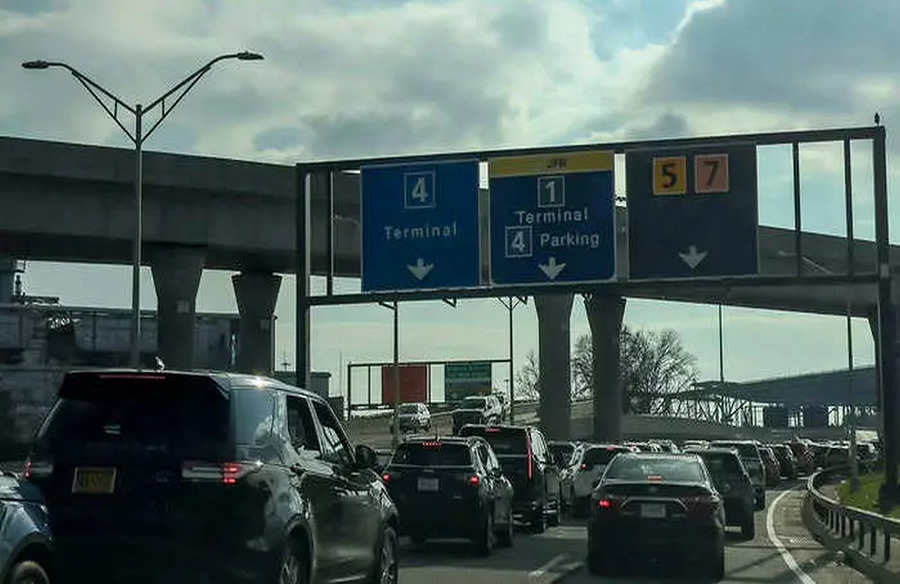An unexpected earthquake in New York on Friday morning caused disruptions across airports and tunnels in the tri-state area, bringing travel to a temporary halt.
Earthquake Details
The earthquake, estimated at a magnitude of 4.8 by the United States Geological Survey, marked one of the largest seismic events in the region in about 250 years. Its epicenter was located 30 miles west of Newark, New Jersey.
Air Travel Disruptions
The Federal Aviation Authority (FAA) responded swiftly, issuing ground stops at John F. Kennedy International Airport (JFK) and Newark Liberty International Airport. Flights destined for Newark were delayed as workers inspected the runway for any damage. The ground stop at JFK was lifted by 11:30 a.m., while Newark’s ground stop was lifted close to 12:30 p.m., causing delays of up to 77 minutes for departures and 45 minutes for arrivals.
FAA spokesperson Crystal Essiaw mentioned, “A 4.8 magnitude earthquake in New Jersey may impact some air traffic facilities in New York, New Jersey, Philadelphia, and Baltimore. Air traffic operations are resuming as quickly as possible.”
Impact on Tunnels and Rail Services
The earthquake also affected ground transportation. The Holland Tunnel temporarily closed for inspection post-earthquake, causing disruptions for drivers. NJ Transit experienced delays of up to 20 minutes due to bridge inspections.
Assessing Damage and Impacts
New York Governor Kathy Hochul and Mayor Eric Adams’ offices both issued statements on social media platforms, indicating assessments were underway to evaluate any damage or impacts caused by the earthquake. Fortunately, no major impacts were reported at the time of their statements.
Public Transit Delays
The Metropolitan Transportation Authority reported delays on several train lines, including the 4, 5, A, C, E, and L trains. However, it was not specified whether these delays were directly related to the earthquake.
The earthquake, though causing temporary disruptions, highlights the importance of swift response protocols in managing unexpected natural events and ensuring the safety and efficiency of travel systems in densely populated areas like New York and its surrounding regions.
